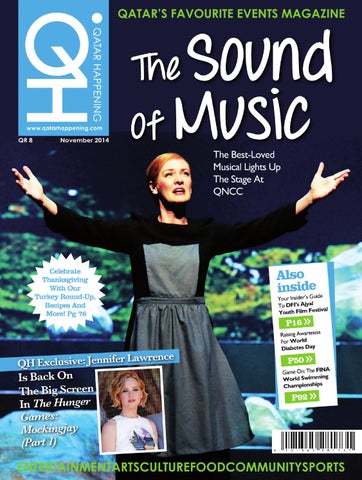
Etel Adnan’s Art: Capturing the Radiance of Multiple Suns

# Exploring the Artistic Legacy of Etel Adnan: A Visionary of Color and Culture
Etel Adnan, a highly influential artist, writer, and poet, left an indelible mark on contemporary art and literature. Born in Beirut in 1925, Adnan’s multicultural background—having a Greek Christian mother and a Syrian Muslim father—imbued her work with an innate sense of cultural crossover and global awareness. Her art, often characterized by vibrant colors and abstracted landscapes, reflects a deep engagement with both her personal experiences and larger philosophical themes. In her exhibition *This Beautiful Light* at White Cube New York, Adnan’s works continue to inspire and provoke thought with their rich interplay of color, form, and meaning.
## **A Fusion of Landscapes and Abstraction**
Adnan’s art is renowned for being both deeply emotional and abstractly universal. While her paintings and tapestries are rooted in landscapes, they also embody geometric abstraction. Her use of colors—bold reds, deep blues, emerald greens—breathes life into her canvases, evoking the landscapes of both Lebanon and California, two regions where she spent significant portions of her life.
The centerpiece of the White Cube exhibition, *Apple Tree* (2021), exemplifies her masterful approach. This monumental ceramic tile work incorporates uneven washes of green, intermixed with blocks of primary colors. The dynamic thrust of multicolored shapes across the picture plane creates a sensation of movement, a hallmark of Adnan’s unique spatial and compositional techniques.
## **Shaping Identity Through Art**
Adnan’s work is deeply influenced by her hybrid identity and the intersections of language, politics, and geography. Born into a Lebanese society shaped by French colonialism, she was fluent in multiple languages yet initially wrote in French before transitioning to English. This linguistic fluidity shaped her literary works, including *The Arab Apocalypse* (1989), a poetic response to the Lebanese Civil War.
Similarly, her art reflects themes of displacement and belonging. The small-scale paintings displayed at White Cube evoke both natural and built environments. Some compositions suggest aerial views of cities, while others depict mountainous terrains drenched in light. Her use of vibrant and contrasting colors makes each canvas vibrate, encapsulating the tension between serenity and chaos. Her ability to translate emotion and experience into visual language allows her work to transcend conventional classifications of modernism or abstraction.
## **Tapestries and the Weaving of Memory**
In addition to paintings, Adnan’s mastery of tapestry further cements her status as an artist of tactile and cultural depth. Inspired by kilims—traditional flat-weave rugs from West Asia—Adnan’s textiles serve as both artistic expressions and historical references. Pieces like *Figues* (2021) and *Oasis* (1960s) utilize organic forms and traditional motifs, bridging the aesthetic traditions of the Middle East with the modernist movements of the West.
The tapestries on display resonate with memory and cultural heritage, reinforcing the notion of home as both a real and conceptual space. Adnan, who lived across multiple continents, often reflected on the transient nature of belonging, and her work embodies the multiplicity of identities that shaped her existence.
## **Etel Adnan and the Global Modernist Dialogue**
While Adnan’s work has frequently been associated with European modernism, particularly through the lens of Abstract Expressionism, her vision defies strict categorization. Her artistic influences extend beyond Western frameworks, drawing from Islamic art, calligraphy, and Lebanese landscapes.
During a 2022 exhibition in Munich, curators examined Adnan’s work alongside German Expressionist paintings. While this placed her in dialogue with European modernism, it also highlighted how her art exists in its own space—representing a unique fusion of Eastern and Western traditions. Adnan’s pieces, rather than fitting neatly into pre-existing art historical narratives, challenge and expand them, emphasizing a broader, more inclusive understanding of abstraction and modernism.
## **The Eternal Sun in Adnan’s Work**
A recurring motif in Adnan’s paintings is the sun—sometimes as a celestial body, at times an ominous force. In *The Arab Apocalypse*, the sun mutates and transforms, shifting meaning across the poem’s trajectory. This motif reappears throughout *This Beautiful Light*, both in paintings where the sun dominates the horizon and in compositions where its light refracts across landscapes.
One of the smaller canvases features a quietly suspended pale yellow orb against a divided backdrop of ocean and land, encapsulating the duality of warmth and solitude. Adnan’s suns are more than aesthetic elements; they serve as witnesses to geopolitical turmoil, personal exile, and the passage of time.
## **Conclusion: A Living Legacy**
Etel Adnan’s *This Beautiful Light* is more than an exhibition—it is a testament to her lifelong pursuit of beauty,